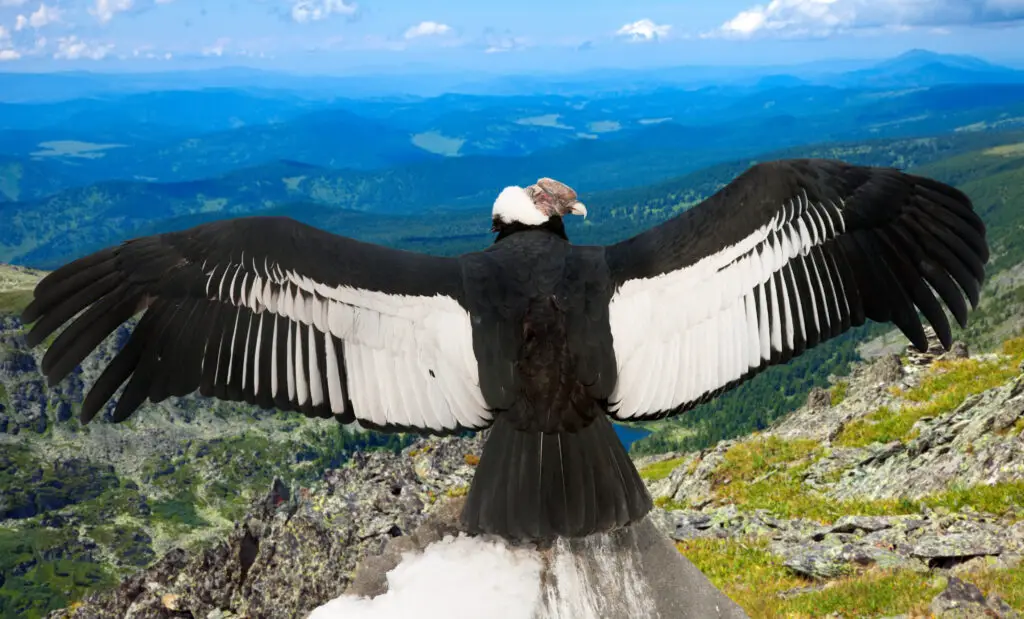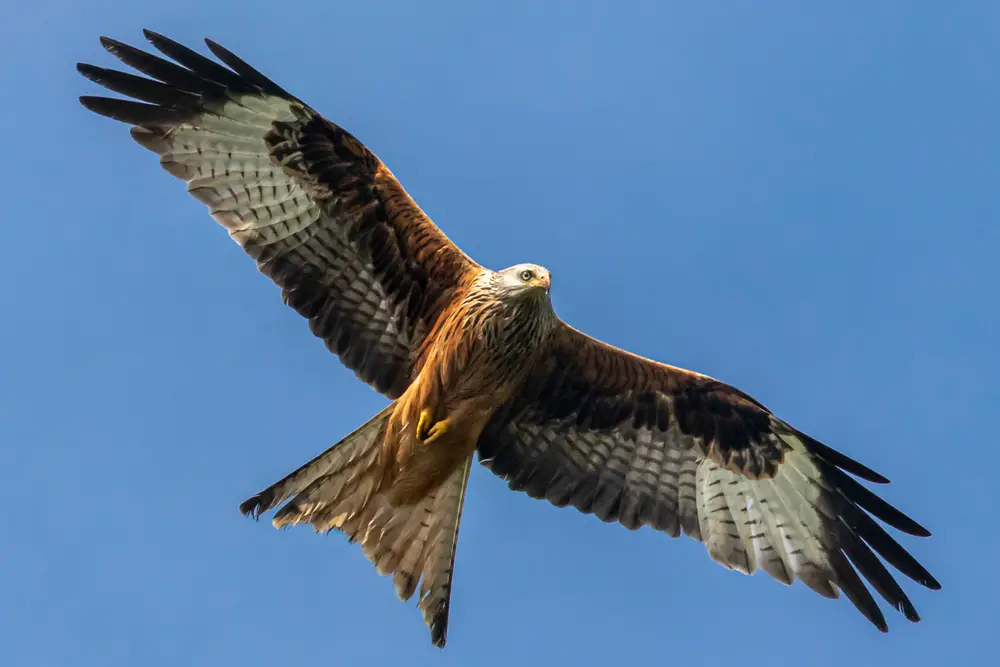Birds are a unique class of animals that have fascinated humans for centuries. Their ability to fly and their colorful plumage makes them some of the most recognizable creatures on Earth.
Understanding how birds are classified is essential in order to better comprehend this diverse group of species. This article will explore bird taxonomy, providing an overview of how they are categorized by scientists.
The scientific classification of birds is as follows:
Kingdom: Animalia
Phylum: Chordata
Class: Aves
Birds belong to the class Aves within the phylum Chordata. The class Aves includes various orders, families, genera, and species of birds. Each bird species is further classified into various taxonomic ranks based on their characteristics and evolutionary relationships.

Overview Of Bird Classification
Birds are classified as a group of vertebrates within the scientific class Aves, which is composed of over 10,000 species.
Within this common classification, birds can differ greatly from one another based on various characteristics such as size and shape; plumage or feather coloration; migration patterns; diet differences; vocalizations; mating habits and behaviors; nesting sites; and life span.
For instance, some bird species migrate seasonally to different parts of the world depending on weather conditions whereas others stay in their native habitat year-round.
Similarly, diets range widely among bird species with some subsisting mainly off insects while others feed exclusively on plant matter or fish.
These distinctions between individual bird species make it easier for scientists to classify them into smaller groups that share more traits in common than those found across all Aves members.
Kingdom Animalia
The classification of birds is a complex process that requires careful consideration. To understand how birds are classified, it helps to think of them as living sculptures whose anatomy and behavior have been carved out by millions of years of evolution.
Like pieces in an art gallery or artifacts in a museum, each bird species has its own unique characteristics that set it apart from the others.
When studying avian morphology, experts consider three major components: beak shape, body size, and feather coloration. These features can often reveal important information about a particular species’ habits and habitats.
For example, certain types of woodpeckers have long chisel-like bills for carving out tree bark while other aquatic birds have short pointed bills for catching fish underwater. Different behaviors like courtship displays, nesting habits, and migratory patterns also help identify different bird species.
In addition to physical characteristics, biologists look at genetic makeup when classifying birds into distinct orders. This allows us to compare closely related species and determine whether they belong in the same family or not.
By looking at gene sequences within DNA strands we can trace evolutionary paths back through time to better understand the relationships between various species of birds today. Understanding these connections helps us gain insight into the incredible diversity of avian life on our planet.
Phylum Chordata
Phylum Chordata is a large group of animals, which includes birds. Avian anatomy consists of light bones and the presence of feathers that enable flight.
Feathers also provide insulation against heat loss and aid in waterproofing. The beak is an adaptation for feeding on various food sources such as seeds, insects, worms and fruit depending on the species.
Bird behavior can vary from being highly social to solitary with some species migrating over long distances each year or living in one place all their lives.
Courtship behaviors are usually elaborate among different bird species to attract mates and establish territories.
Birds have adapted to many habitats ranging from tropical rainforests to arid deserts by adjusting to local conditions through behavioral changes such as finding shelter during storms or collecting food when it is available.
Overall, birds are well-adapted creatures that occupy diverse environments throughout the world.
Class Aves
Class Aves is a large and diverse group of birds, comprising over 10,000 species in about 200 extant families. Amazingly, this makes up around 20 percent of all living vertebrate species on the planet.
Avian anatomy plays an important role in understanding how these creatures have evolved over time to be what they are today. Birds have hollow bones filled with air sacs that allow them to fly more efficiently than other animals. They also possess feathers to provide insulation and streamlining for flight, as well as highly specialized digestive systems and respiratory systems adapted specifically for flight.
Evolutionary history has played a large part in shaping birds into their current forms. Over millions of years, birds have adapted to their environment by developing various traits such as wingspan size or feather coloration that help them survive better in certain climates or habitats. For example, some bird species now have larger eyespots on their feathers which may help deter predators from attacking them.
These adaptations enable them to thrive across different ecosystems worldwide and make Class Aves one of the most successful groups of animals on Earth.

Orders Of Birds
Class Aves is a taxonomic grouping of all birds, comprising more than 10,000 living species. These range from the smallest hummingbirds to large flightless birds such as ostriches and emus. Birds are generally characterized by their feathers, toothless beak, light skeleton and wings which allow them to fly.
The Orders of Birds have been classified into four distinct categories: Strigiformes (owls), Anseriformes (waterfowl), Falconiformes (hawks) and Passeriformes (songbirds).
Birds exhibit wide-ranging behaviors – some migrate over long distances while others remain in one area for most of the year. Migration patterns vary greatly between species with some species traveling thousands of miles each year from summer breeding grounds to wintering locations.
Avian intelligence has also been documented; they can solve complex problems and even use tools when necessary. Studies on bird cognition have indicated that many species possess cognitive abilities similar to those found in mammals or primates. Additionally, experiments have revealed that certain avian species can recognize themselves in mirrors, an indication of self-awareness not seen in other animals except humans and higher primates.
Families And Species
Birds are classified as members of the class Aves, which is a group of terrestrial vertebrates with feathers and beaks.
There are over 10,000 species of birds on Earth, ranging in size from tiny hummingbirds to large ostriches. All birds share certain physical traits such as wings, feathers and an endothermic metabolism that allows them to generate heat internally and maintain their body temperature regardless of external temperatures.
The classification of birds into families has been established based upon morphological characteristics such as plumage coloration and patterns, bill shape and size, wing length and tail shape.
In addition to these physical attributes, scientists have studied other aspects such as dietary habits, migration patterns, nesting behaviors and habitat preferences in order to better understand how different bird species interact with their environment.
These findings can help conservationists develop strategies for protecting endangered or threatened bird populations around the world.
By understanding the differences between various bird species, it is possible to identify potential threats they face due to human activities such as deforestation or climate change.
This knowledge can then be used to create effective management plans that protect both the birds’ habitats and their respective populations.
Conclusion
Birds have been an integral part of nature since the dawn of time.
They are classified under Kingdom Animalia, Phylum Chordata, and Class Aves.
The classification is further divided into orders, families, and species that help distinguish between different types of birds.
All these classifications provide a better understanding of the characteristics and behaviour traits among different bird species.
The study of birds serves as a reminder to appreciate how closely connected all life forms are on our planet Earth.
It also leads us to think about how we can preserve this diversity for generations to come.
As John Muir famously said: “When one tugs at a single thing in nature, he finds it attached to the rest of the world’.

